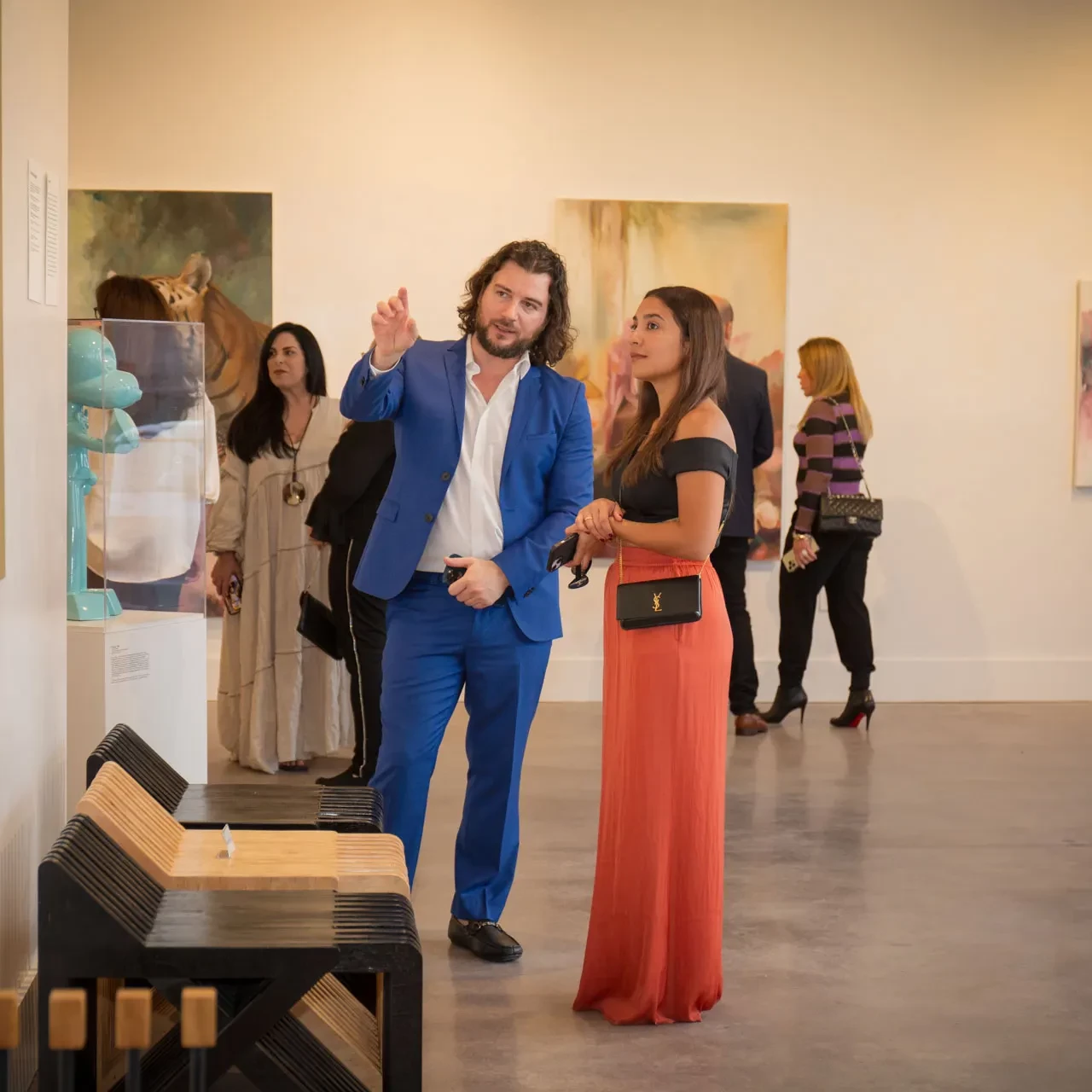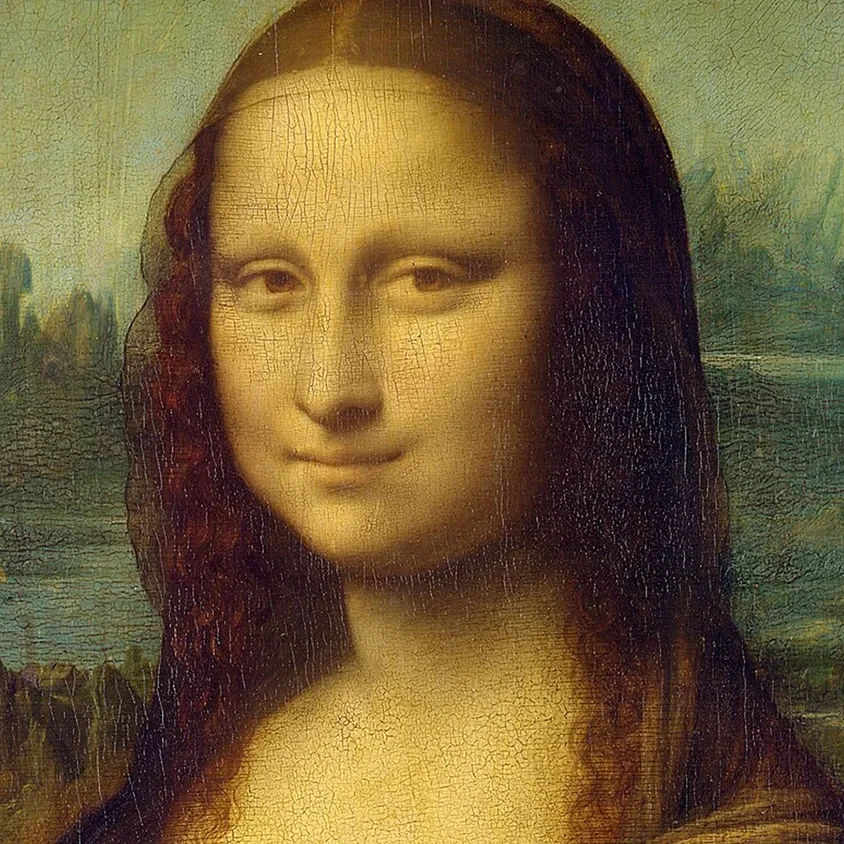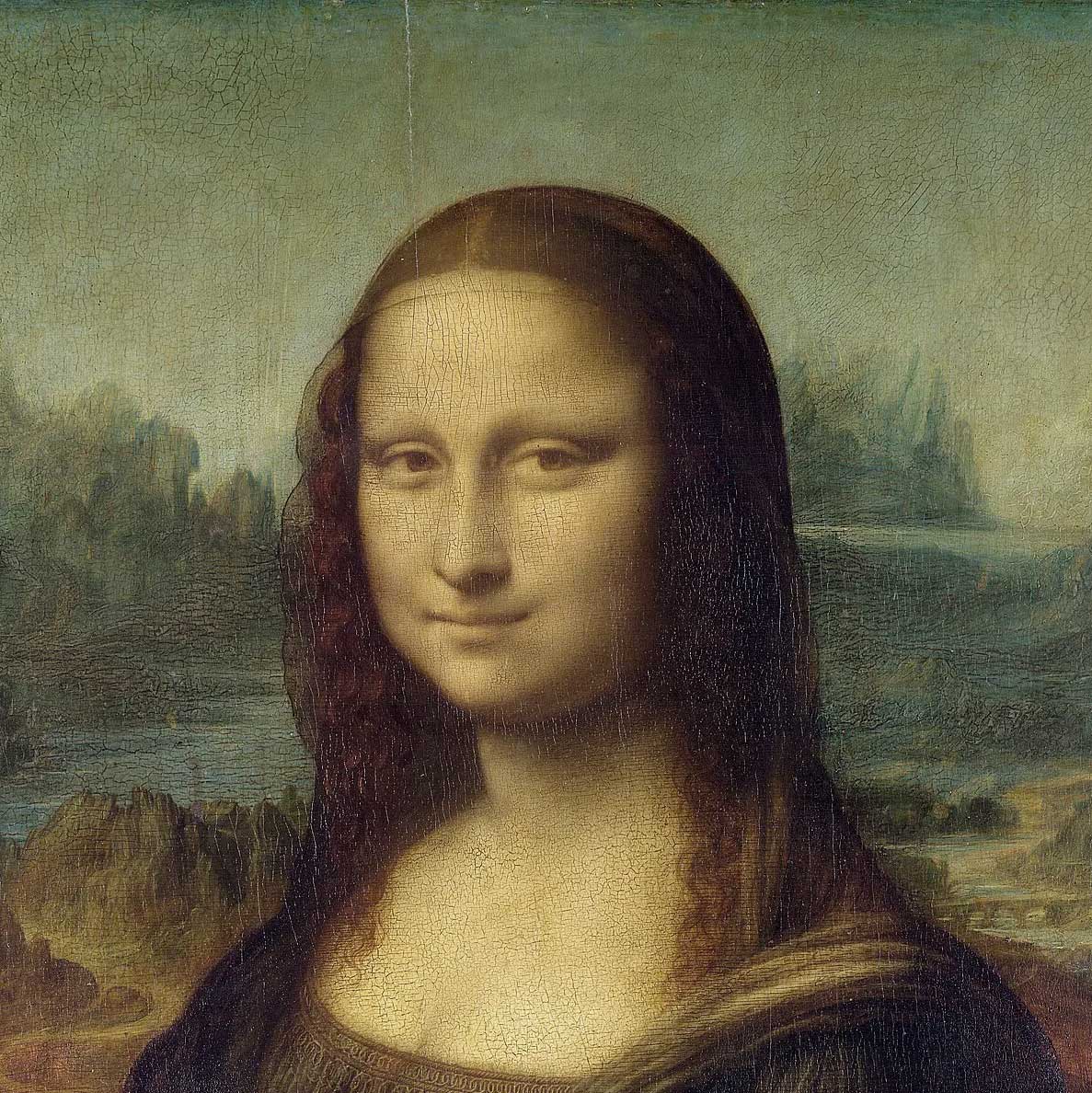Introduction: The Enigmatic Portrait of Lisa del Giocondo
The Mona Lisa, created by the legendary artist Leonardo da Vinci, is one of the most famous and iconic paintings in the world. Its enigmatic smile and captivating gaze have captivated audiences for centuries. The painting’s subject, Lisa del Giocondo, adds further intrigue to its allure. Lisa del Giocondo was the wife of Florentine merchant Francesco del Giocondo, and she is believed to be the woman portrayed in the painting. The connection between Lisa del Giocondo and the Mona Lisa has sparked curiosity and speculation among art enthusiasts and historians.
In this article, we will delve into the earlier version of the Mona Lisa and explore its significance in art history. This alternative version, often referred to as the Isleworth Mona Lisa, has generated debate and controversy regarding its authenticity and its attribution to Leonardo da Vinci. By examining the historical accounts and analyzing the characteristics of both versions, we aim to unravel the mysteries surrounding this iconic masterpiece.
The History of the Mona Lisa
To fully appreciate the significance of the earlier version of the Mona Lisa, it is important to understand Leonardo da Vinci’s journey as an artist.In 1503, Leonardo returned to Florence after a period of artistic development and exploration in Milan. During this time, he had already made a name for himself as a painter, engineer, and inventor.
Leonardo’s artistic style was distinct from the typical Quattrocento stereotype, and his innovative approach to design was evident in his work on the Adoration of the Magi. As secular portraiture emerged as a new genre in Italy, Leonardo sought to push the boundaries and create lifelike representations of individuals.
One of Leonardo’s breakthroughs in secular portraiture was the painting of Lady with an Ermine, which showcased his ability to capture the inner world of his subjects. This painting set the stage for Leonardo’s next masterpiece, the Mona Lisa.
Leonardo’s Return to Florence and the Commission
Upon his return to Florence, Leonardo faced challenging circumstances. The city was experiencing political turmoil, and opportunities for artists were scarce. It was during this time that Niccolò Machiavelli, a prominent political figure and writer, played a significant role in Leonardo’s life.
Machiavelli introduced Leonardo to a commission for a fresco in the Palazzo Vecchio, depicting the Battle of Anghiari. This commission aimed to showcase Florence’s military victory over Milan. However, Leonardo’s involvement in this project led to a delay in completing the Mona Lisa.
While working on the Battle of Anghiari, Leonardo accepted a commission from Francesco del Giocondo to paint a portrait of his wife, Lisa del Giocondo. This commission was a strategic move by Leonardo, as he hoped to gain favor with the Florentine government through his association with the prominent Giocondo family.
The Mystery of the ‘Earlier Version’
One of the intriguing aspects of the Mona Lisa is its unfinished state when Leonardo began working on the Battle of Anghiari. This suggests that he may have left the portrait incomplete to pursue other opportunities.
The concept of an ‘Earlier Version‘ of the Mona Lisa is closely associated with Lisa del Giocondo herself. According to Giorgio Vasari, a Renaissance biographer, Leonardo worked on the portrait for four years, leaving it unfinished. Vasari’s account, however, has faced scrutiny and debate regarding its accuracy.
The Isleworth Mona Lisa, believed to be an earlier version of the painting, has been the subject of controversy since its discovery. Some experts argue that it was created by Leonardo or his workshop, while others question its authenticity. The debate continues, and various tests and analyses have been conducted to support or challenge the claim that it is an authentic work by Leonardo da Vinci.
Comparing the Two Versions
To shed light on the authenticity and similarities between the two versions, experts have conducted extensive analysis and comparison. Through computer image processing and forensic examination, the features of the Louvre Mona Lisa and the Isleworth Mona Lisa have been scrutinized.
These analyses have revealed striking resemblances between the two paintings, suggesting that they were created by the same artist. The brushstroke patterns, underlying sketches, and other technical aspects align with Leonardo’s techniques. However, the authenticity of the Isleworth Mona Lisa remains a topic of debate among art historians and experts.
The Significance and Legacy of the Mona Lisa
The Mona Lisa continues to captivate audiences worldwide and holds a prominent place in the history of art. Its enduring fascination lies in its depiction of the mysteries of motherhood and human life, as described by Vasari. The lifelike qualities of the painting, including the enigmatic smile and the illusion of movement in the eyes, make it a remarkable masterpiece.
The Mona Lisa’s impact on art and culture cannot be overstated. It has inspired countless artists, writers, and thinkers throughout history. Its influence can be seen in various forms, from parodies and homages to its symbolic representation in popular culture.
Conclusion: Unraveling the Enigma of the Mona Lisa
In conclusion, the earlier version of the Mona Lisa, associated with Lisa del Giocondo, adds another layer of mystery and intrigue to this iconic masterpiece. While the authenticity and origins of the Isleworth Mona Lisa are still debated, the resemblances between the two versions suggest a connection.
The enigmatic smile and captivating gaze of the Mona Lisa continue to fascinate audiences, making it an enduring symbol of artistic brilliance. Through the exploration of its history, the significance of Lisa del Giocondo’s association, and the comparison between the two versions, we gain further insights into the timeless allure of this enigmatic portrait.




